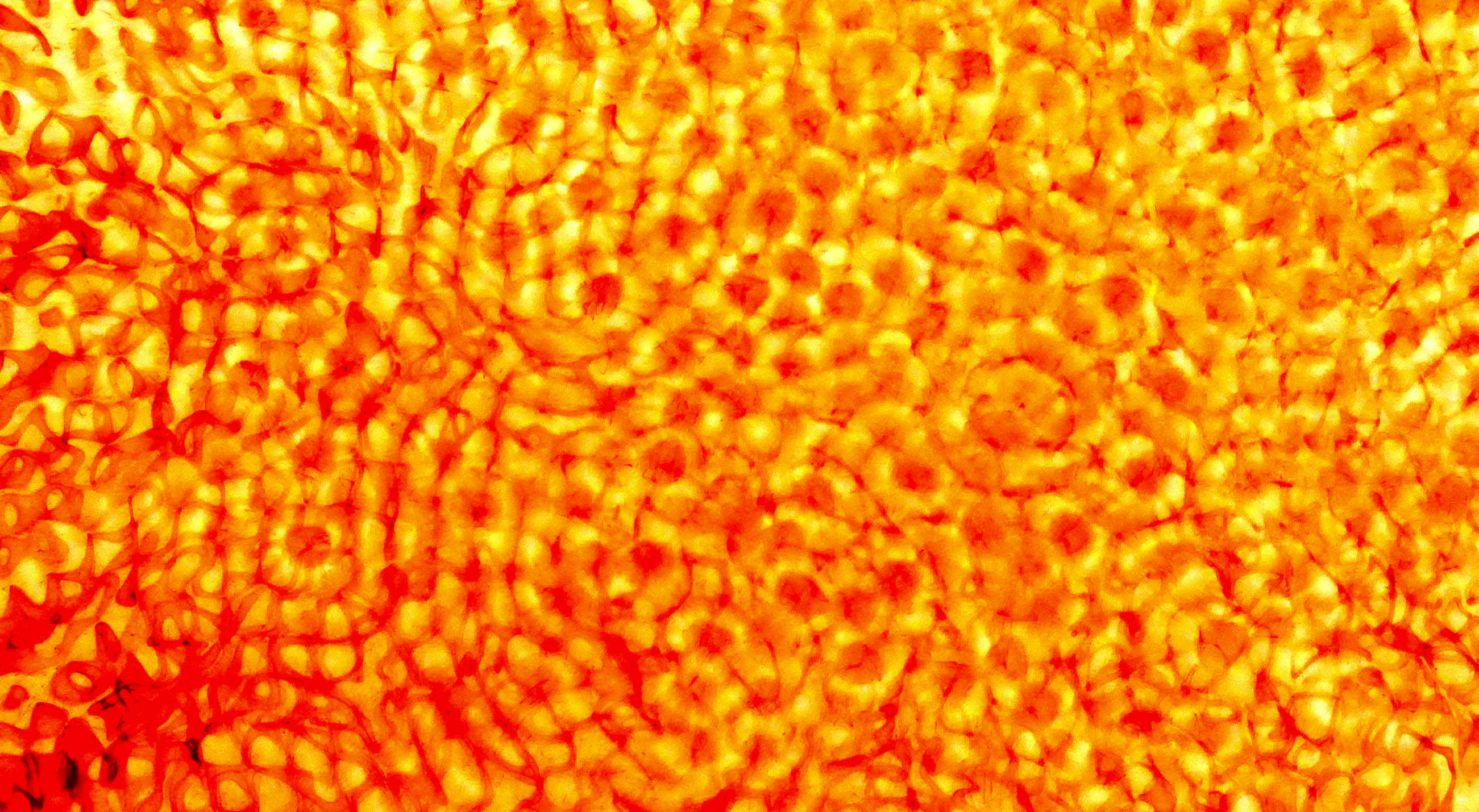Blobs, Slime, and Fungi. The Queer Potential of a Mediamycology
DOI:
https://doi.org/10.1344/regac2022.8.41423Keywords:
mediamycology, blobs, queer ecology, networks, ontogenesisAbstract
This article wants to establish the blob and with it other amorphous structures not only as a symptom for life in networked times, but also as a way of thinking with blobs in queering ontological, biological and disciplinary spheres. In their emergent state, they are quasi-objects in nucleo and ontological beings in the process of unfolding, of spreading and coming into existence. In its amorphous form the blob questions scientific, philosophical as well as aesthetic categories and shall therefore be explored from these different perspectives.
In a comparative analysis of art works as well as texts from different scientific disciplines such as biology and anthropology, amorph objects reveal their world-building and connecting abilities across species and spheres. They can be understood as natural media of linking and cultivation.
Drawing from queer theory the abject culture of these phenomena asks for a reevaluation of these attributions and towards an appropriation of the dangerous qualities ascribed to slime and fungi.

Downloads
Published
Issue
Section
License
Authors who publish with this journal agree to the following terms:
- Authors retain copyright and grant the journal right of first publication with the work simultaneously licensed under a Creative Commons Attribution Licensethat allows others to share the work with an acknowledgement of the work's authorship and initial publication in this journal.
- Authors are able to enter into separate, additional contractual arrangements for the non-exclusive distribution of the journal's published version of the work (e.g., post it to an institutional repository or publish it in a book), with an acknowledgement of its initial publication in this journal.
- Authors are permitted and encouraged to post their work online (e.g., in institutional repositories or on their website) prior to and during the submission process, as it can lead to productive exchanges, as well as earlier and greater citation of published work (See The Effect of Open Access).


